
Recently, the deputy director of the Le Figaro magazine, the well-known Turcophobic journalist Jean-Christophe Buisson, during an interview at the Le Figaro International club, said that Karabakh is an Armenian region from ancient times, which found itself at the crossroads of great empires: “This is its trouble. As an Armenian region, it was transferred by Stalin to Azerbaijan, since the policy of internationalism was pursued in the USSR.”

Faktyoxla Lab. has tried to find out how justified the statements of the deputy director of the magazine Le Figaro are.
Let’s start with the fact that there is a saying that is attributed to Socrates:
He who knows can speak.
He who does not know loves to talk.
He who knows that he does not know, remains silent.
As for the statement of the deputy director of the magazine Le Figaro, there is an archival document that gives the perfect answer to him and his associates. This is the minutes of the meeting of the Caucasian Bureau of the Central Committee of the Russian Communist (Bolshevik) Party dated July 5, 1921. At the meeting, it was decided not to give Nagorno-Karabakh to the Azerbaijan Soviet Socialist Republic, as Jean-Christophe Buisson claims, but to leave the region within its borders.
From the minutes of the meeting of the Plenum of the Caucasian Bureau of the Central Committee:
Those present: a member of the Central Committee Stalin, members of the Bureau: com. Ordzhonikidze, Kirov, Orakhelashvili, Figatner, Narimanov, Myasnikov, People's Commissar for Foreign Affairs of the AzSSR Huseynov.
Those listened: comrade Ordzhonikidze and Nazaretyan raised the issue of revising the decision of the previous Plenum on Karabakh.
- Taking into account the importance of national peace between Muslims and Armenians and taking into account the fairly close economic ties between Upper and Lower Karabakh with Azerbaijan, leave Nagorno-Karabakh as part of the AzSSR with the introduction of a broad regional autonomy with the Administrative center of Shusha city, which remains part of the Autonomous Region. 4 voted in favor, 3 abstained.
- Instruct the Central Committee of Azerbaijan to determine the boundaries of the Autonomous Region with subsequent submission for approval by the Caucasian Bureau of the Central Committee.
- Instruct the Presidium of the Caucasus Bureau of the Central Committee of the Russian Communist Party to negotiate with the Central Committees of Azerbaijan and Armenia on a candidate for the Emergency Committee of Nagorno-Karabakh.
- The Central Committee of Azerbaijan should determine the scope of autonomy for Nagorno-Karabakh and submit it for approval to the Caucasian Bureau of the Central Committee.
The attached photo of the document shows all the details of this decision.
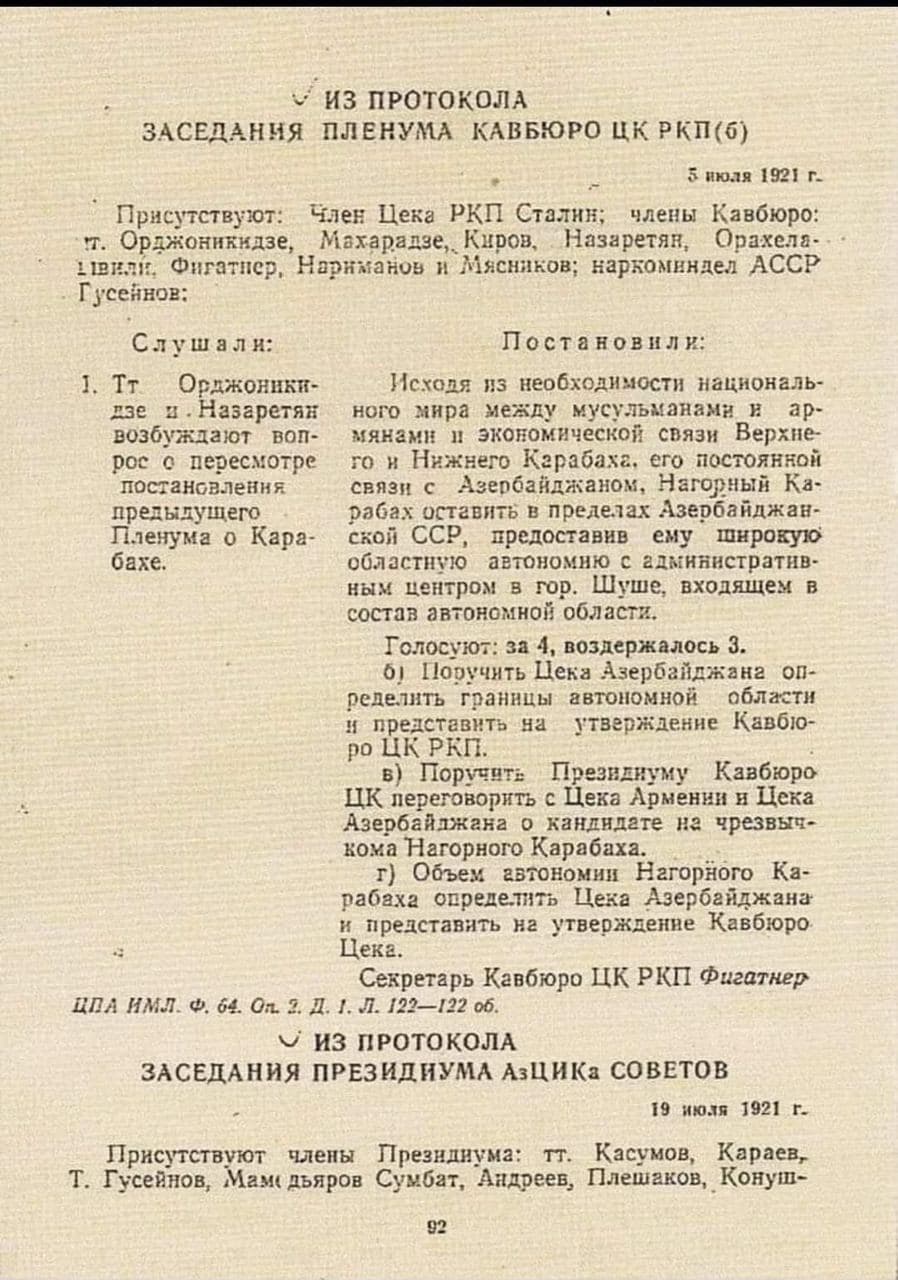
Autonomy was granted to Nagorno-Karabakh two years later. Thus, on July 7, 1923, the Central Executive Committee of the Soviets of Azerbaijan issued a decree on the creation of the Nagorno-Karabakh Autonomous Region, signed by M.B. Gasimov and A.M.Khanbudagov. According to the decision, the Nagorno-Karabakh Autonomous Region (NKAO) was created in the mountainous part of Karabakh with Khankendi as the administrative center. In September 1923, the city of Khankendi was renamed Stepanakert in honor of the head of the "26 Baku Commissars" Stepan Shaumyan.
Obviously, these documents do not contain the slightest confirmation that Nagorno-Karabakh is part of Armenia. This is certainly a consequence of the fact that the geographical region of Nagorno-Karabakh has historically been the territory of Azerbaijan. To substantiate this opinion, it is enough to return to the history of the resettlement of Armenians in Nagorno-Karabakh.
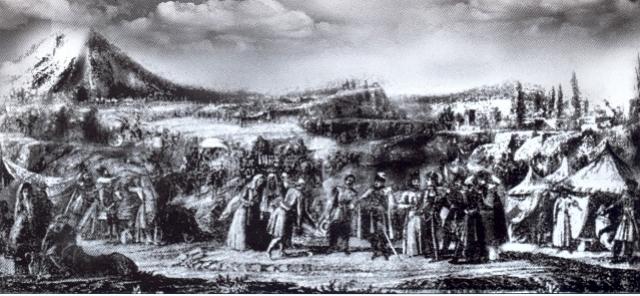
The resettlement of Armenians to the South Caucasus began in 1813 and 1828 after the signing of the Gulistan and Turkmanchay agreements between Russia and the Qajar state (Iran).
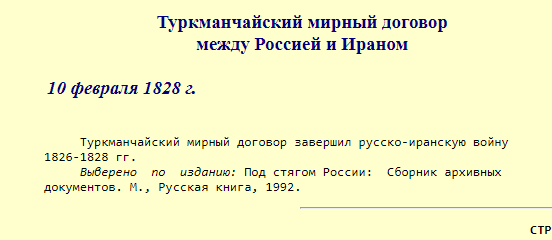
It is the XV point of the "Turkmanchay Treaty" that provides for and conditions the resettlement of Armenians.
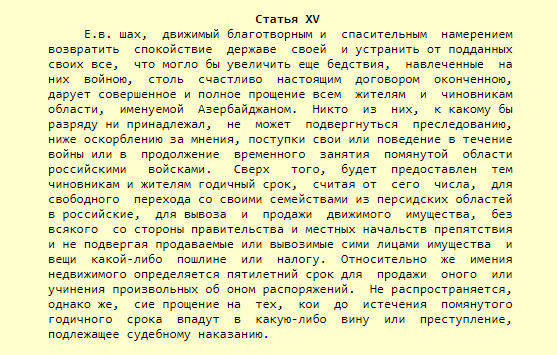
Thanks to this article of the document, 40,000-50,000 Armenians were moved to the South Caucasus from Iran, and about 90,000 people from Turkiye.
The role in these events of the then Ambassador of the Russian Empire in Tehran, Alexander Griboyedov, should be stressed.
The process of the resettlement of Armenians from Iran to the current capital of Armenia Yerevan (Irevan), as well as to Nakhchivan and Karabakh was fully implemented thanks to his recommendations.
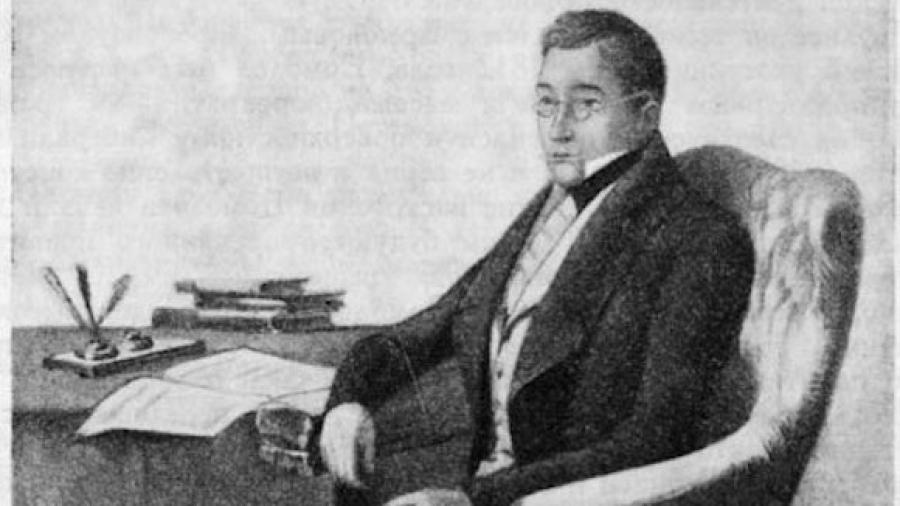
The process of resettlement of Armenians from South Azerbaijan as part of Persia to the territory of the Russian Empire in North Azerbaijan is clearly seen in the travel notes of Griboyedov himself. The mention in them of the fact that “most of the Armenians are settled in the territories belonging to Muslim landowners” does not leave a chance to deny the fact that the Armenians are an alien, resettled people in Karabakh.
In turn, the “Kurekchay Treaty” of 1805, concluded between the Russian Empire and the Karabakh Khanate, is another proof that the Armenians have nothing to do with the Karabakh region.
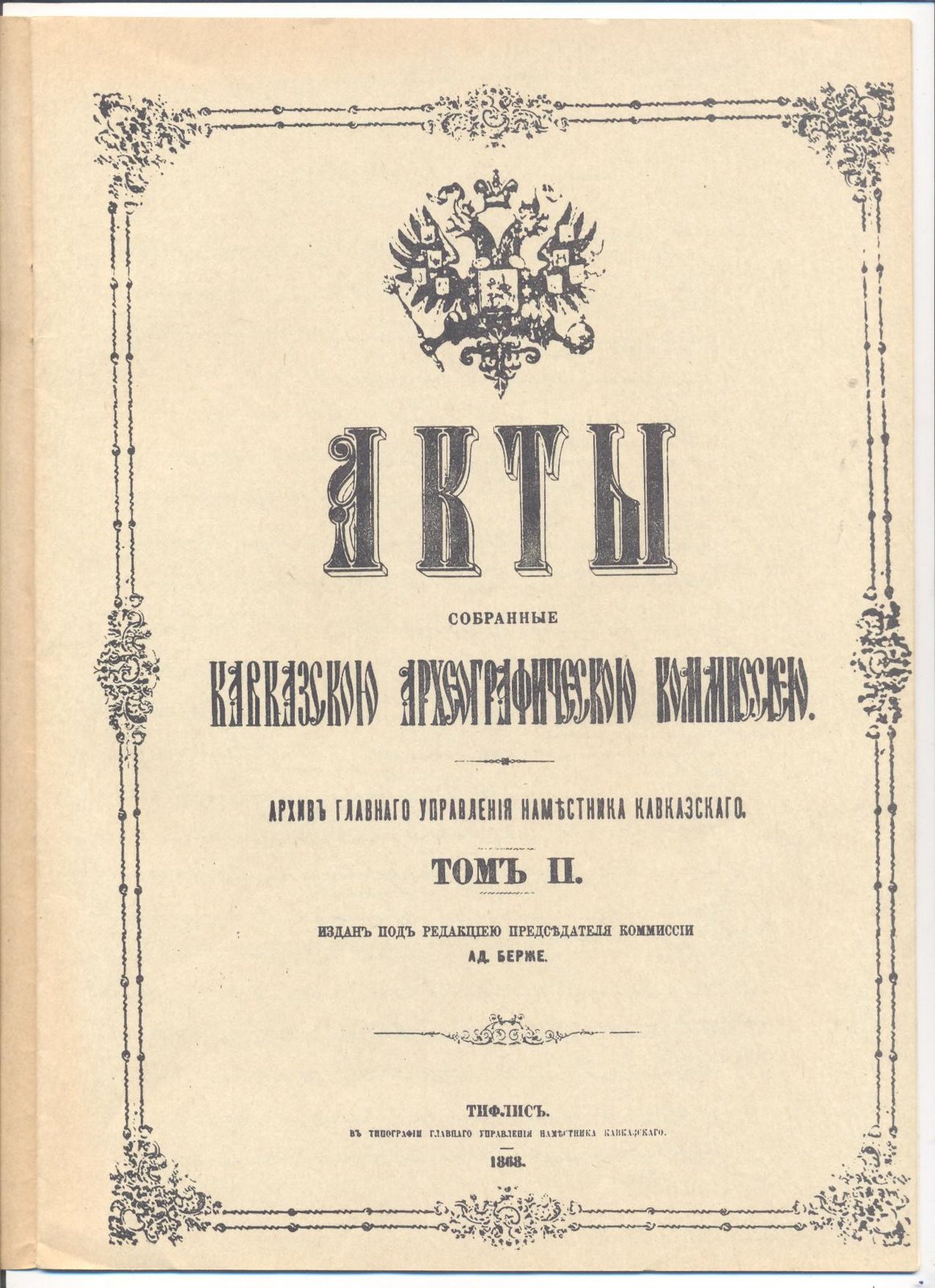
There is absence of any mention of the Armenians in this document, which consists of 11 points, although some Armenian politicians and scientists, contrary to historical facts, are trying to present the annexation of Karabakh to Russia as part of the last "Armenian province."
Based on historical documents, we come to the conclusion that Jean-Christophe Buisson’s statement about the transfer of Nagorno-Karabakh to Azerbaijan on Stalin’s orders is completely unfounded.
According to some psychologists, the less a person knows, the easier it is for him or her to consider himself or herself competent on a subject. A person delving into the question immediately understands about the level of his or her own knowledge. Jean-Christophe Buisson should better understand that one person’s ceiling of knowledge is the other person’s floor.




















